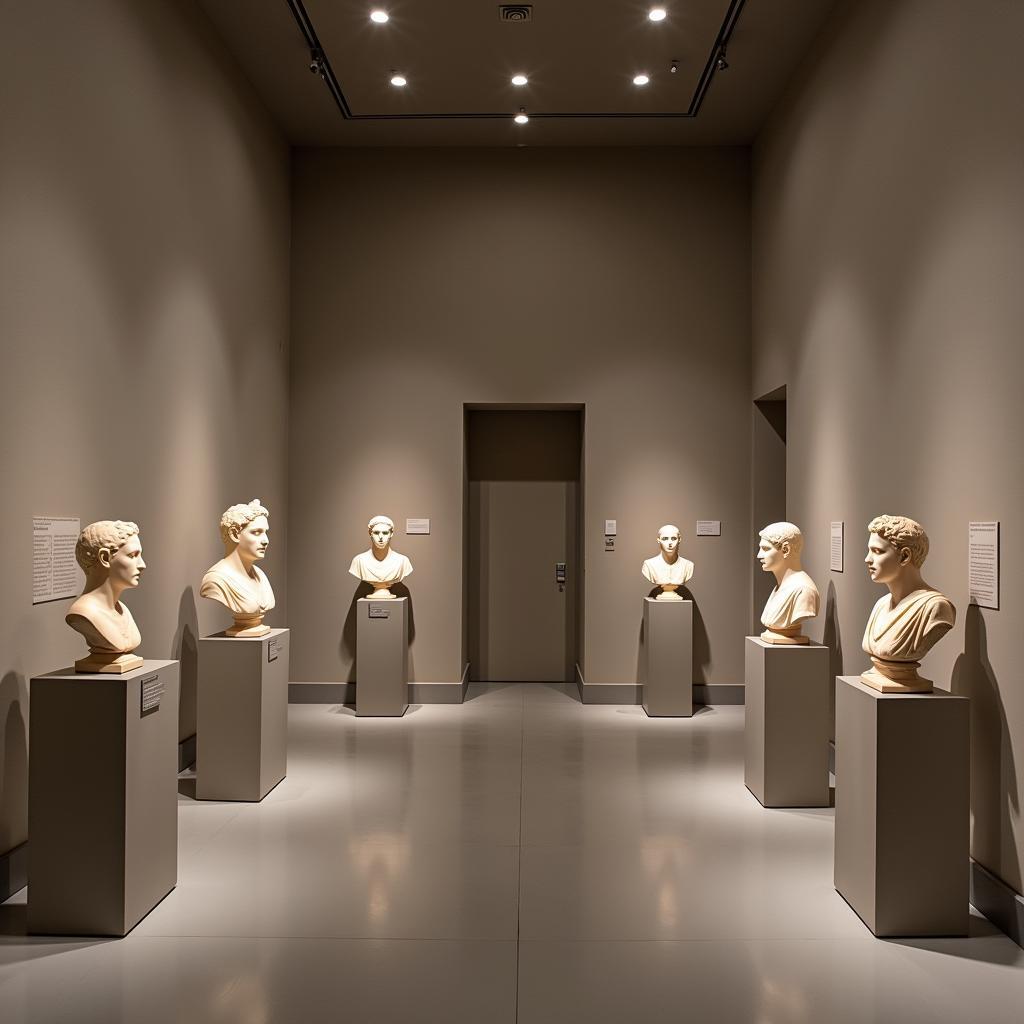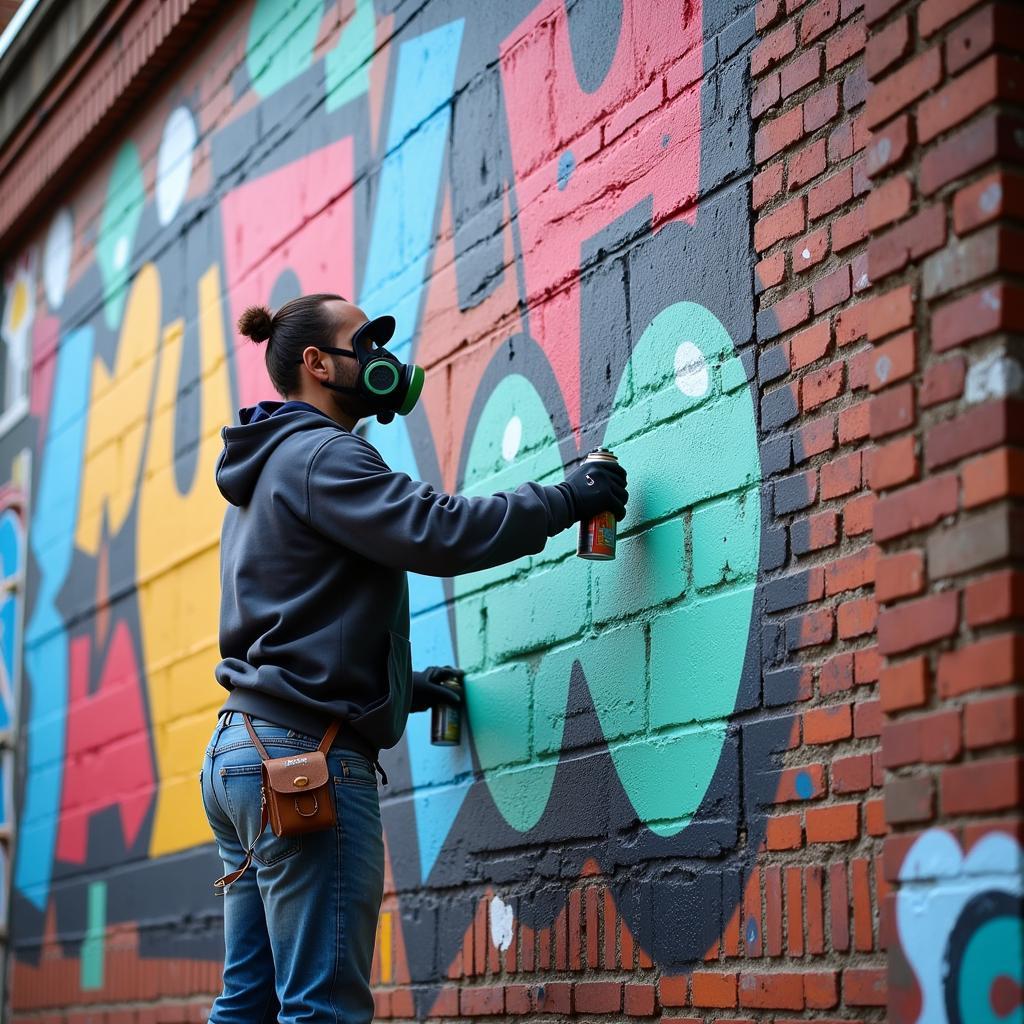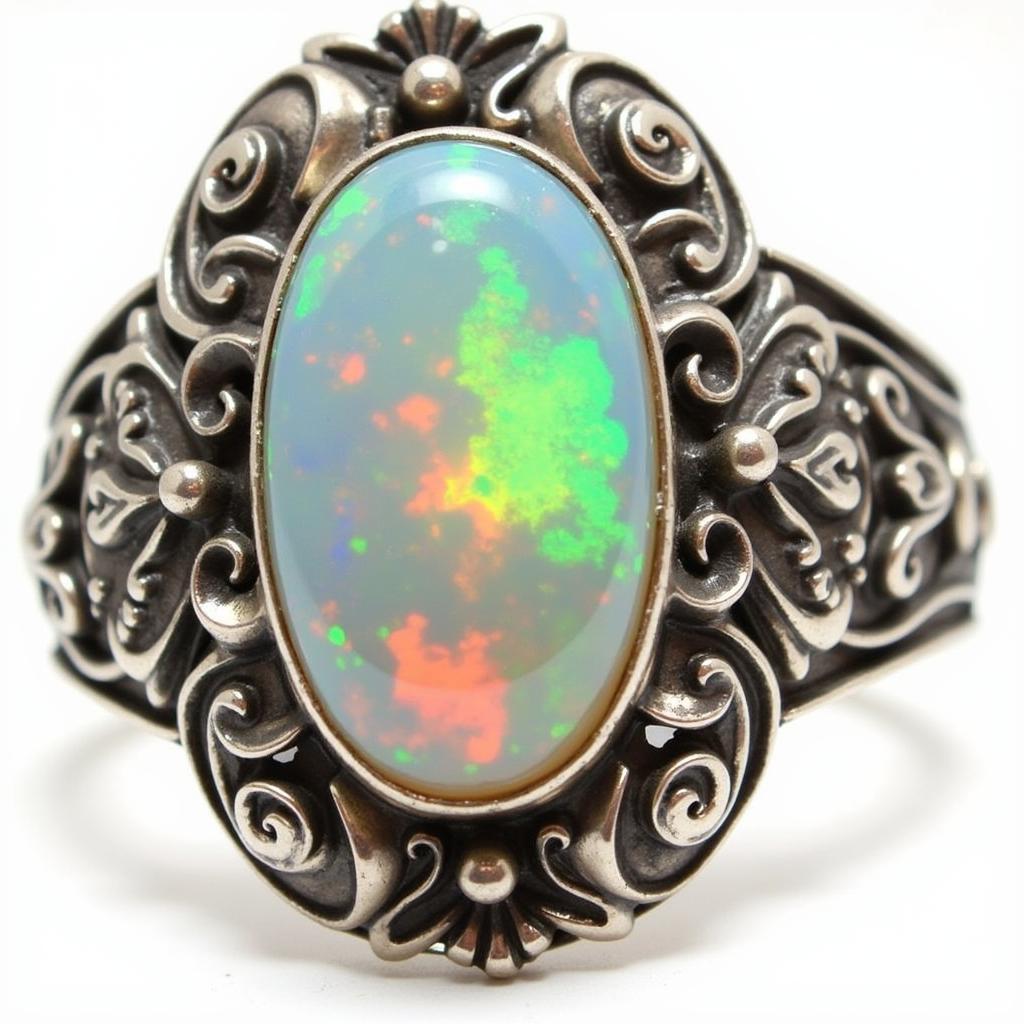Unveiling the Power of the Bust in Art
The Bust In Art, a timeless form of artistic expression, holds a captivating power to immortalize individuals and capture the essence of a moment. From ancient civilizations to contemporary studios, the creation of busts has served as a testament to human skill and artistic vision. This article explores the fascinating world of bust creation, examining its historical significance, diverse materials, and enduring allure. Let’s delve into the captivating realm of the “bust in art” and discover its myriad facets. art nouveau female bust
A Journey Through Time: The History of Busts in Art
Busts, sculptural representations of a person’s head and shoulders, have a rich history dating back millennia. Ancient Egyptians, Greeks, and Romans utilized busts to commemorate important figures, often depicting rulers, deities, or esteemed members of society. These early busts, crafted from materials like marble, bronze, and terracotta, served not only as artistic expressions but also as powerful symbols of status and remembrance. The tradition continued through the Renaissance, Baroque, and Neoclassical periods, with artists like Michelangelo and Bernini pushing the boundaries of realism and emotional depth in their bust sculptures.
Materials and Techniques: Shaping the Bust in Art
The creation of a bust involves a complex interplay of artistic skill and technical expertise. A variety of materials can be used, each offering unique possibilities and challenges. Marble, with its timeless elegance and durability, has been a favored choice for centuries. Bronze, known for its strength and ability to capture intricate details, allows for dynamic poses and expressions. Terracotta, a more readily available and malleable material, offers artists greater flexibility in experimentation and design. art bust sculpture Modern artists also explore materials like plaster, resin, and even 3D-printed polymers, expanding the possibilities of bust creation in contemporary art.
The Bust in Contemporary Art: A Modern Renaissance
While rooted in tradition, the bust in art continues to evolve in the hands of contemporary artists. Many artists embrace traditional methods while incorporating modern sensibilities, resulting in innovative and thought-provoking works. Others push the boundaries of the form, experimenting with unconventional materials and concepts, challenging our perception of the bust in art.
What is the purpose of a bust in art?
A bust in art primarily serves to portray a specific individual, capturing their likeness and often reflecting their personality or status.
Why are busts often made of marble?
Marble is a favored material for busts due to its timeless elegance, durability, and ability to capture fine details, giving the artwork a sense of permanence.
Bustamante Art and Beyond: Exploring Artistic Styles
From the powerful realism of Bustamante art to the stylized elegance of Art Nouveau, busts reflect the diverse spectrum of artistic styles throughout history. Each movement has left its unique mark on the form, influencing the way artists approach portraiture and the expression of human form. The Art Nouveau movement, with its flowing lines and organic forms, offers a captivating lens through which to explore the “bust in art”.
Preserving Artistic Legacy: Art Storage and Display
Protecting and displaying busts is crucial for preserving their artistic legacy. Proper art storage cabinets ensure the long-term preservation of these valuable artworks, shielding them from environmental damage and accidental harm. When displaying busts, secure art hangers are essential to provide stability and prevent accidents.
 Museum Display of Ancient Busts
Museum Display of Ancient Busts
Conclusion: The Enduring Appeal of the Bust in Art
The bust in art continues to captivate and inspire, bridging the gap between the past and the present. Its enduring appeal lies in its ability to capture the essence of the human form, immortalizing individuals and telling their stories through artistic expression. Whether crafted from traditional materials or exploring innovative techniques, the bust remains a powerful testament to human creativity and the timeless allure of art.
FAQ
- What is the difference between a bust and a statue?
- What are some famous examples of busts in art history?
- How do artists create a realistic bust?
- What are the different types of materials used for making busts?
- How do I care for a bust sculpture?
- Where can I find more information about bust sculptures?
- Are there Online Art workshops that teach bust sculpting?
Need further assistance with bust art or art storage solutions? Contact us! Phone: 02462573573, Email: danteum@gmail.com. Visit our location: Savico Megamall, 7-9 Đ. Nguyễn Văn Linh, Gia Thụy, Long Biên, Hà Nội 10000, Việt Nam. We offer 24/7 customer support.



